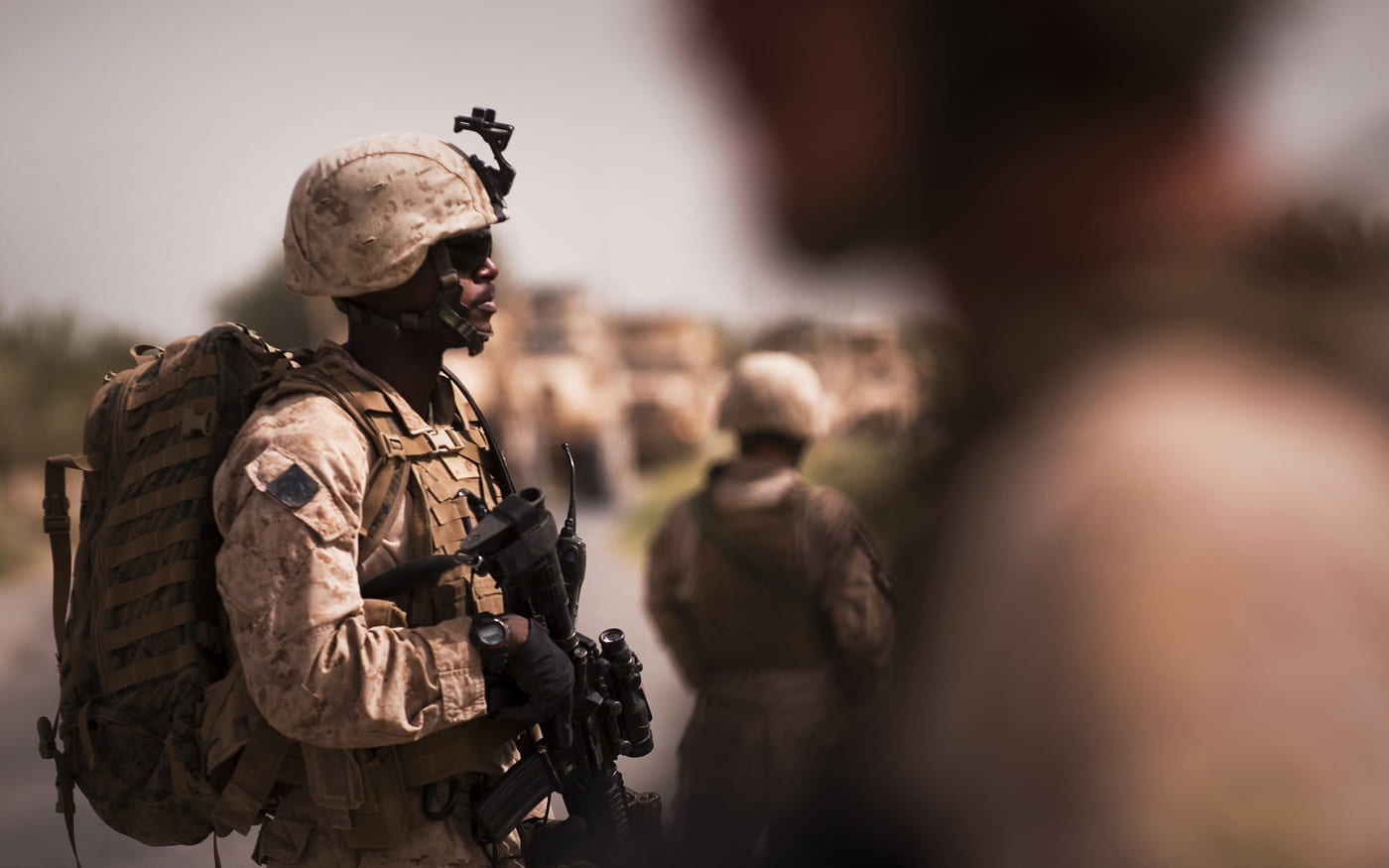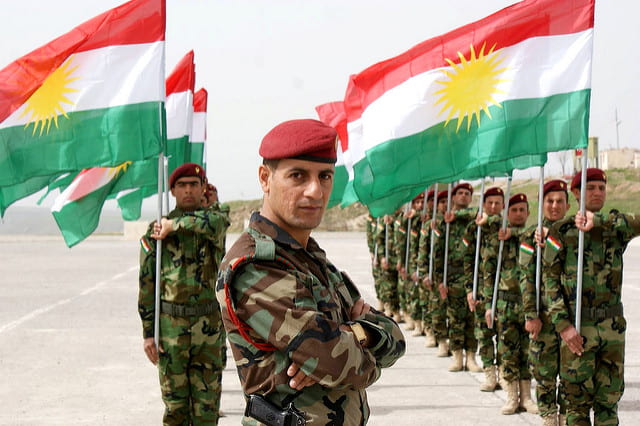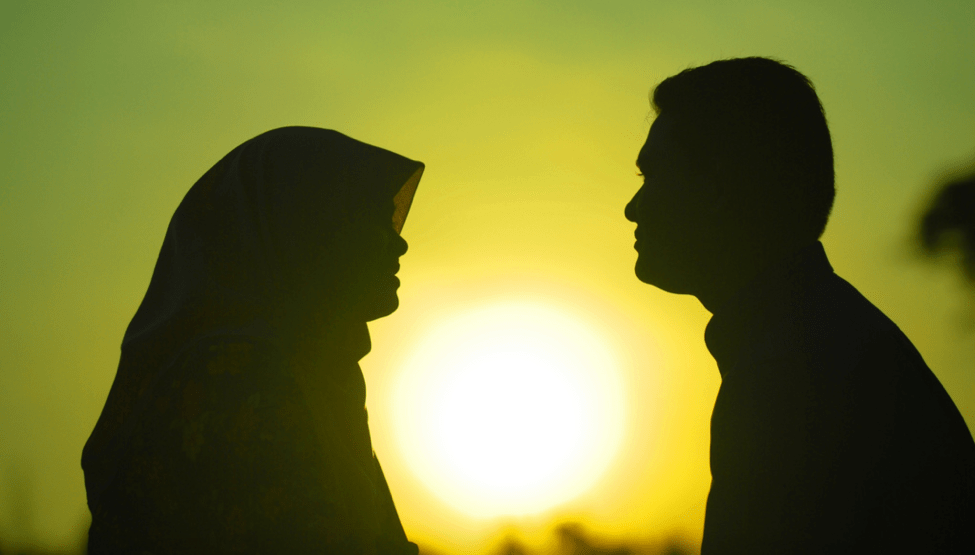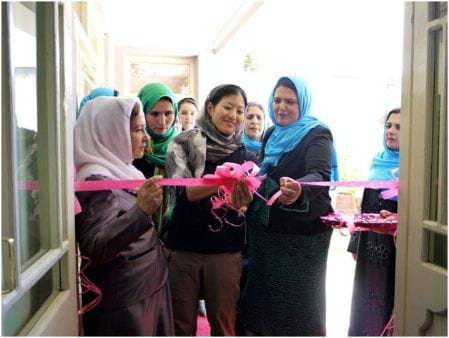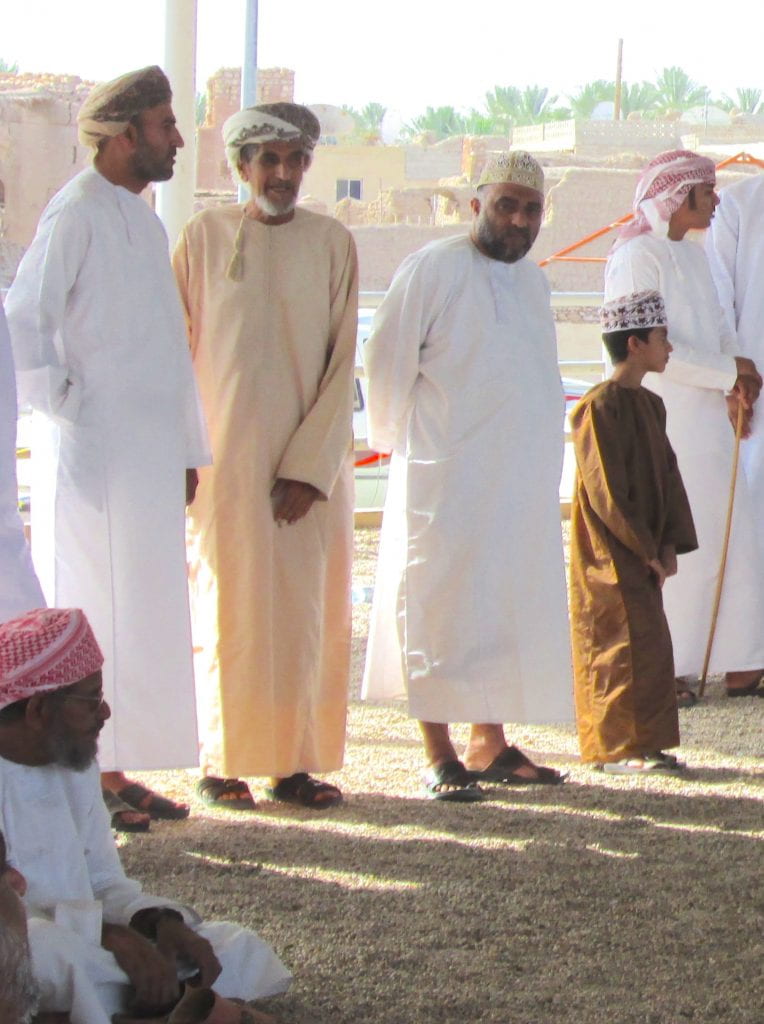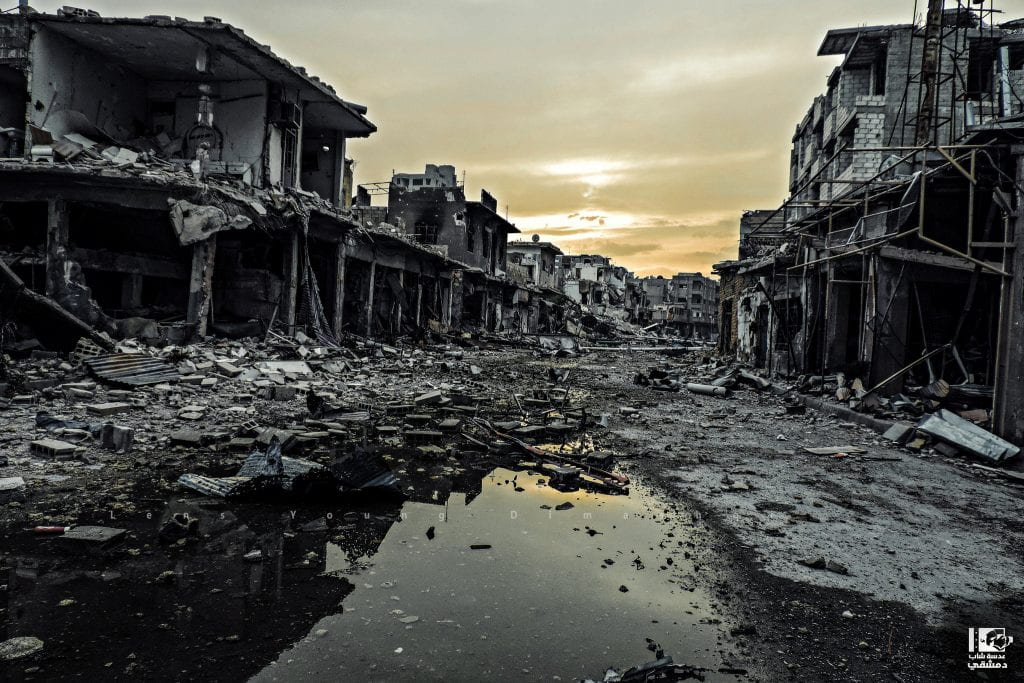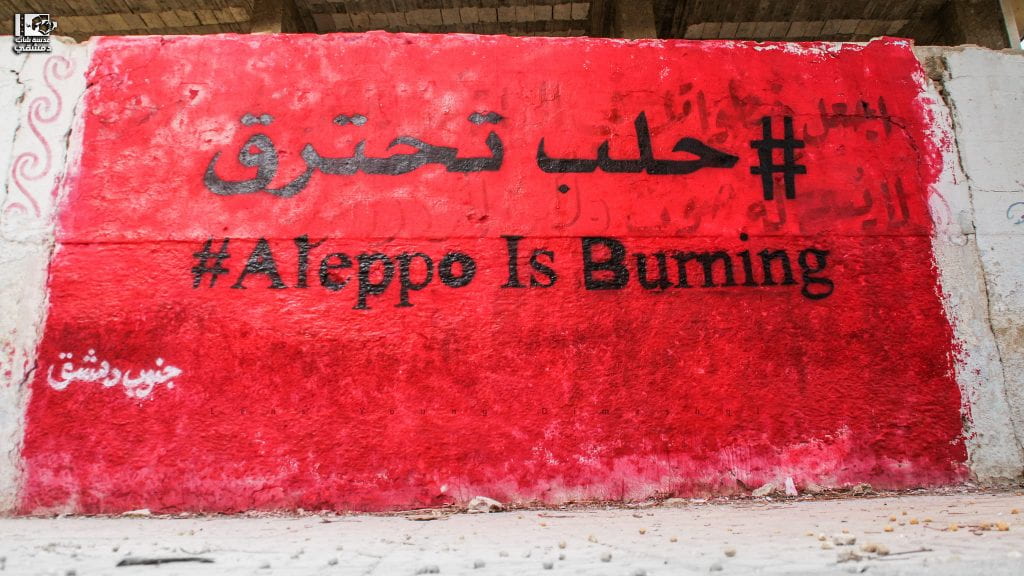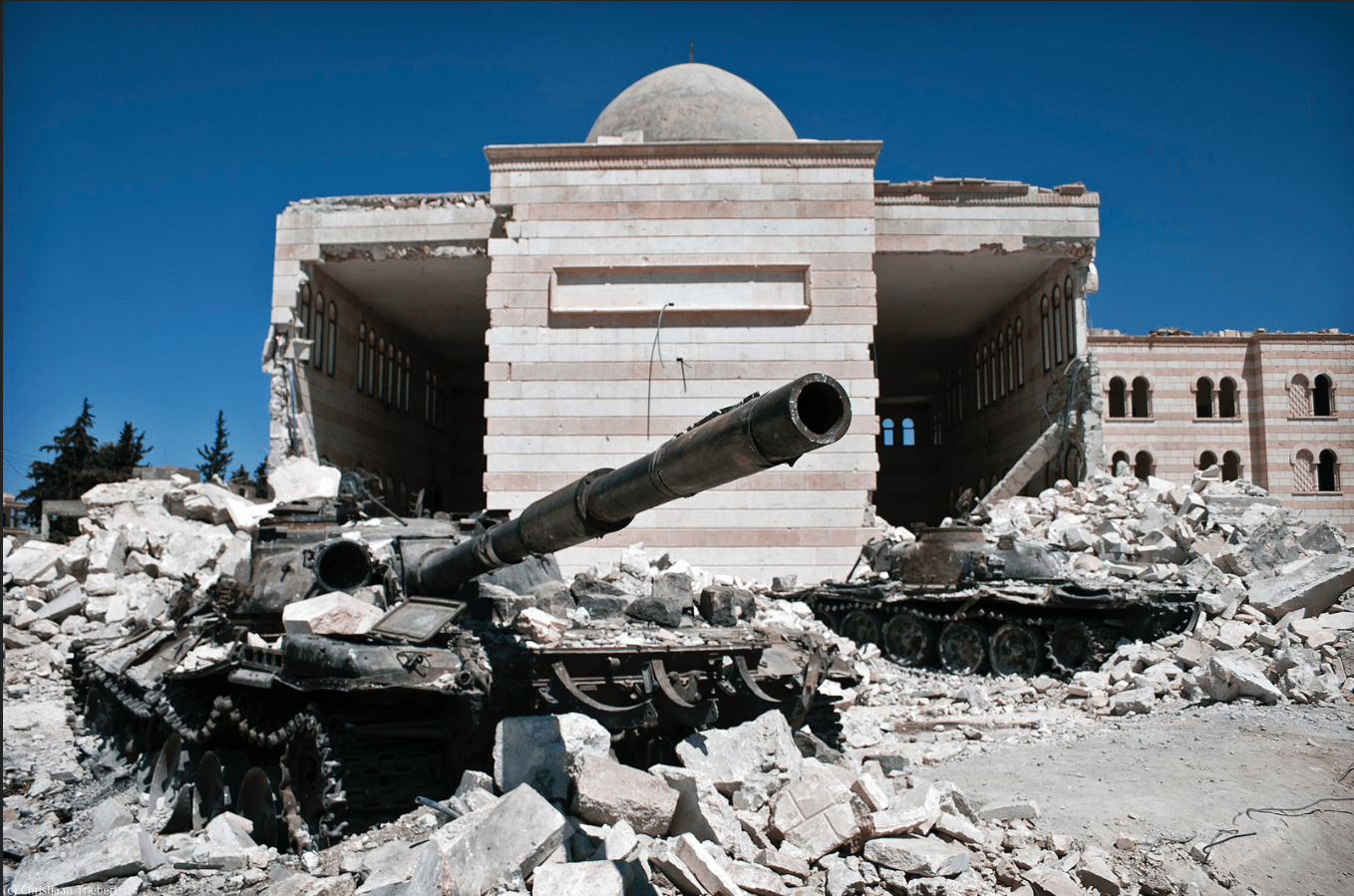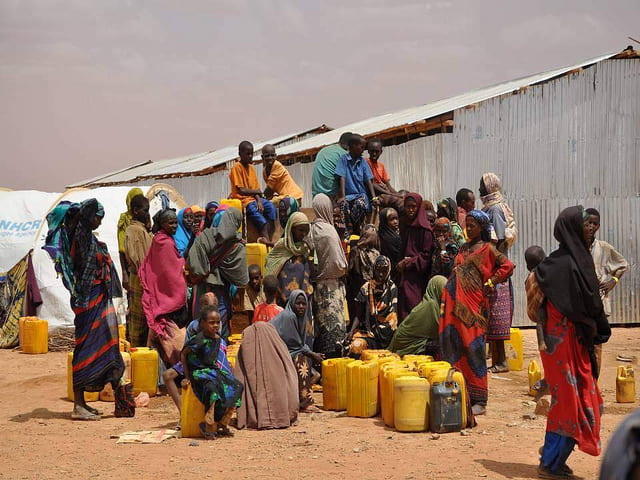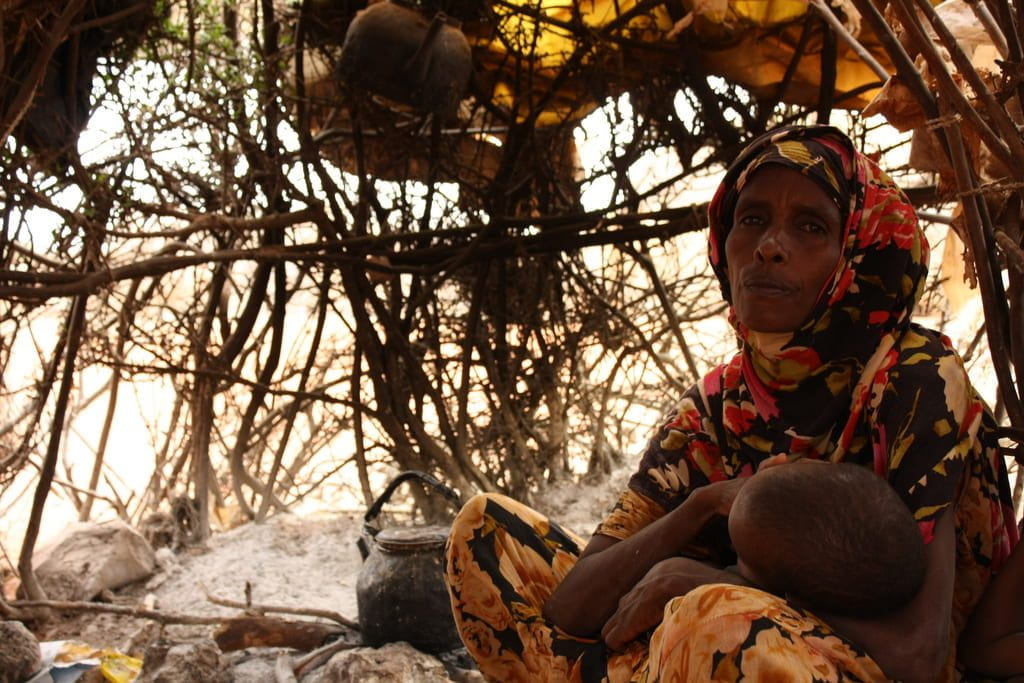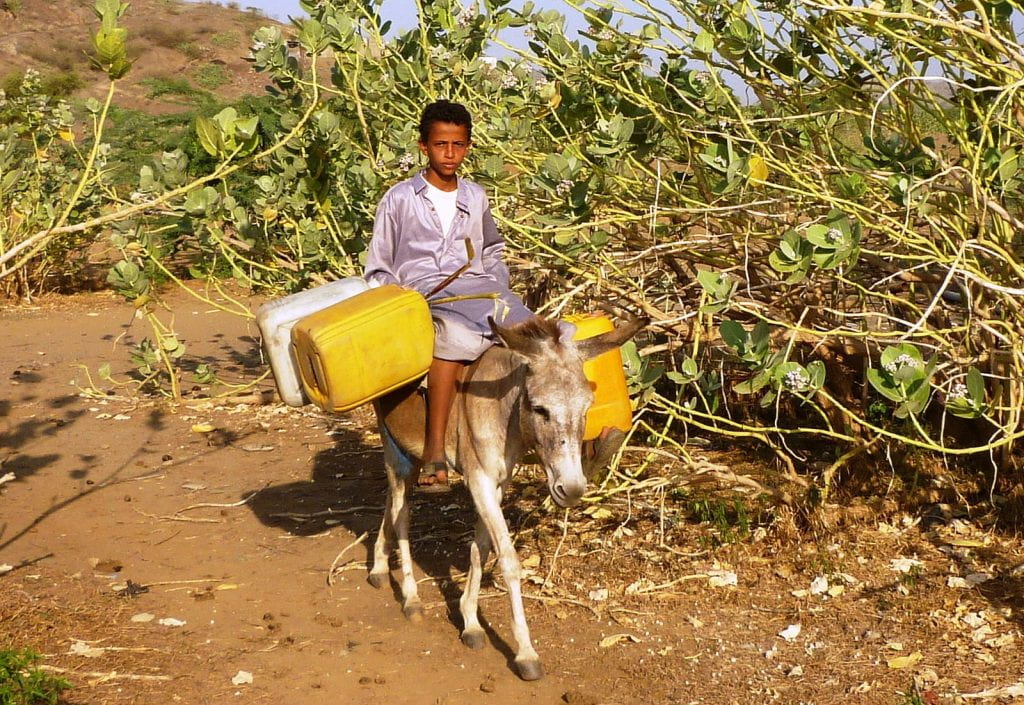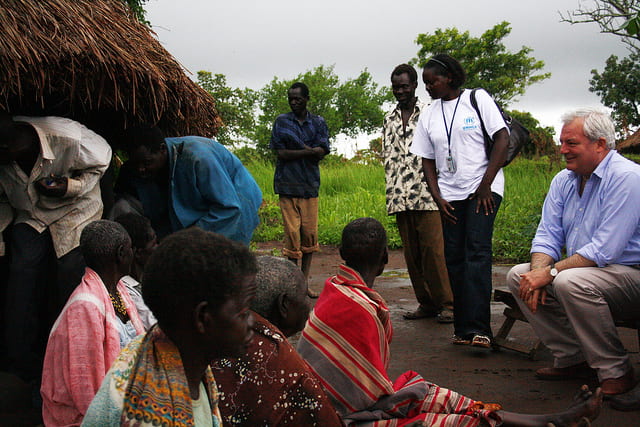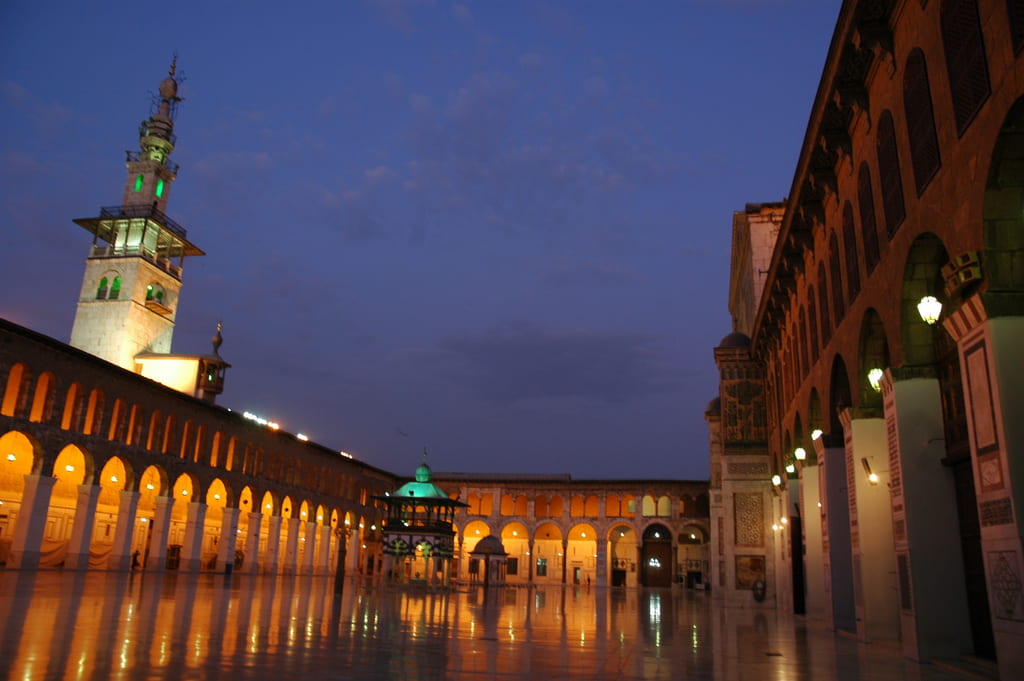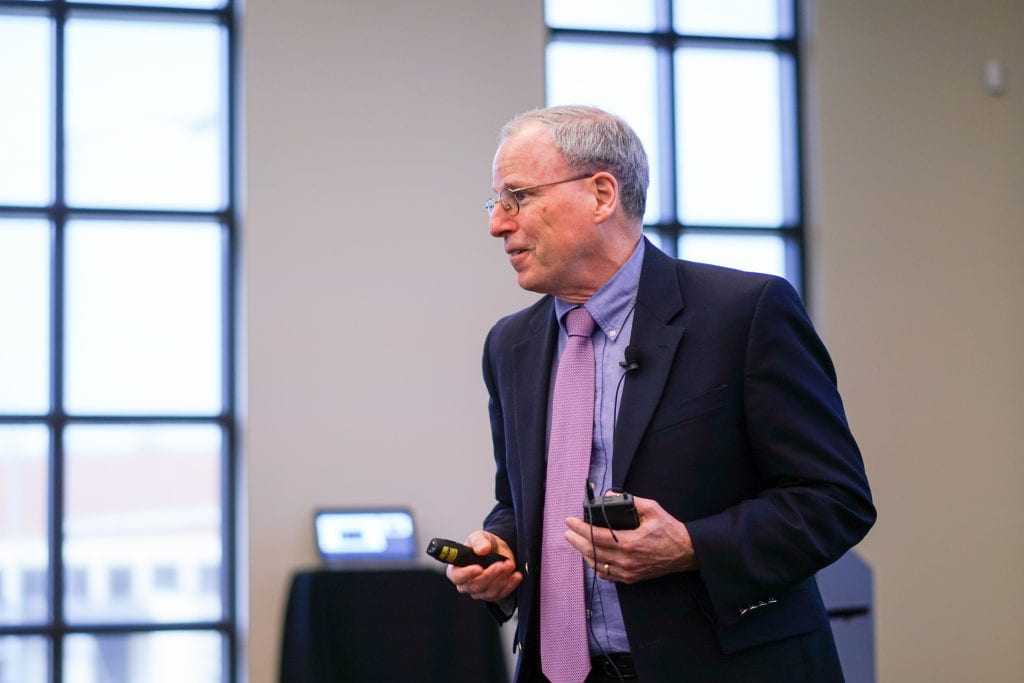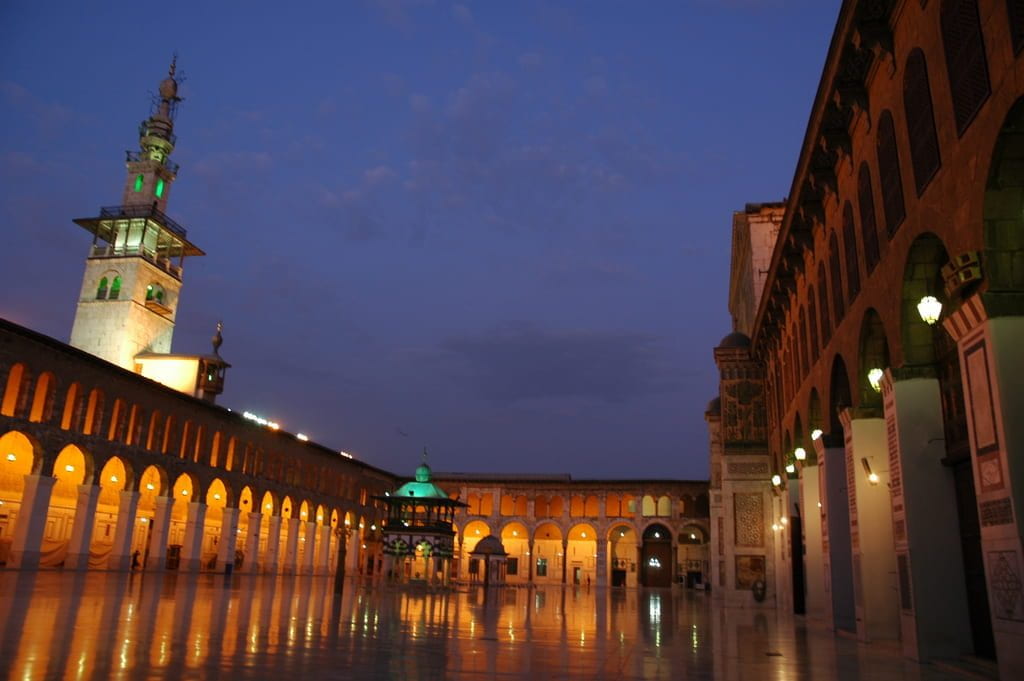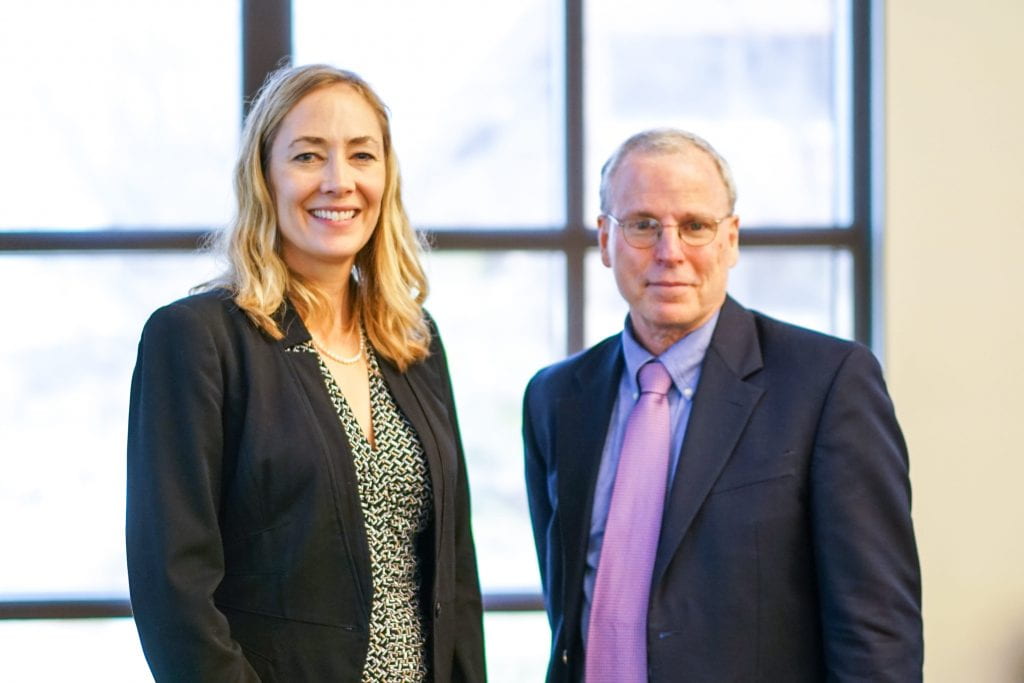
The public knowledge about the U.S. military deployment of nearly 10,000 depleted uranium rounds (DU) in 2003 from jets and tanks remains virtually unknown. There is an estimation that the US fired 300,000 rounds during the first Gulf War conflict in 1991, without releasing knowledge or evidence of testing to inform of potential health hazards of new munitions. The only mistake deadlier than firing this overabundance of DU weaponry is the denial of it, and failing to acknowledge the hazards posed to civilians. American and British occupation forces have forbidden the release of statistics related to civilian casualties after the occupation of Iraq. Additionally, they refused to clean up contaminated areas, and deny international agencies and Iraqi researchers the right to conduct full DU related exploration programs.
Despite American and British disclosure that they used around 400 tonnes of DU munitions in Iraq in 1991 and 2003, the United Nations Environment Program believes that the total may be nearer 1000 tonnes. Persistent and consistent reports from medical staff across Iraq have associated this legacy from the conflict with increased rates of certain cancers and congenital birth defects. The extent to which DU may be associated with these health problems is still unclear as the conditions since 2003 have not been conducive to studying civilian exposure and health outcomes. When looking at some of the major battles that took place during the operations in Najaf, Basrah, Al Samawa, Karbala and Nasiriyah, involving platforms armed with DU, Dutch Peace Corps PAX has established with certainty that DU was used in populated areas and against armored and non-armored targets.
The United Nations Office for Disarmament Affairs (UNODA) campaign to eradicate DU stockpiles within countries who purchased DU munitions and DU capable weaponry, define and clarify DU and its potential risks to civilians and military personnel:
“Depleted uranium (DU) is a toxic heavy metal and the main by-product of uranium enrichment. It is the substance left over when most of the highly radioactive isotopes of uranium are removed for use as nuclear fuel or for nuclear weapons. DU possesses the same chemical toxicity properties as uranium, although its radiological toxicity is less. Due to its high density, which is about twice that of lead, DU has been used in munitions designed to penetrate armor plate. It can also be used to reinforce military vehicles, such as tanks. Munitions containing DU explode upon impact and release uranium oxide dust.”
The radiological toxicity of DU is less than uranium so the concern for human exposure should be uranium oxide dust. Keith Baverstock explains what happens when DU oxides, “When uranium weapons explode, their massive blasts produce gray or black clouds of uranium oxide dust particles. These float for miles, people breathe them, and the dust lodges in their lungs.” In other words, the lung is most susceptible to DU and in the topographical context of Iraq, where much of the country is defined by flat desert, winds blowing DU particles along with the dust is particularly dangerous. Winds may blow particles from combat sites into civilian inhabited areas, contaminating water and people. Even if only a small demographic of civilians is contaminated in a particular area, the half-life of a DU particle lodged inside alveoli is 3.85 years; emitting radiation directly to the tissue.
DU debris left behind in destroyed tanks of buildings poses a threat towards peacekeepers, civilians, and military personnel years after the conflict has ended. Many abandoned vehicles still litter the Iraqi countryside as silent reminders of the invasions within towns, villages, and cities. These carcasses are fun locations for kids to play in; and civilians come close to these contaminated objects daily in order to get to work, retrieve water and many other simple daily activities. These tanks are sometimes towed away towards scrapping sites without proper decontamination procedures, leading to further potential hazards when the metal is stripped and used for the construction of manufacturing goods.
Pregnant women and their offspring are particularly susceptible to DU toxicity as an unborn within the embryo of a mother rapidly produces new cells, providing the perfect environment for genetic defects. As certain small uranium particles are soluble in the human lungs, they enter the bloodstream through the lungs, pass through the lymph nodes and other parts of the body before excreted in urine. Uranium accumulates in bones, irradiating the bone marrow, potentially inducing leukemia, while building up in organs causing the breakdown of certain biological faculties as well as developing cancers.
The U.S. military and WHO have conducted research in Iraq to determine how malignant DU is and what sort of dangers it poses to civilians. Their conclusions determined that the potential toxic hazard is far too low to warrant cleanup action. These claims come in direct confrontation with independent studies performed by PAX conducted thorough studies within laboratories and fieldwork in contaminated locations where DU was fired; their findings determined sites and recovered physical DU evidence that proved contrary to American studies.
A New Breed of Munitions
“It is a superior weapon, superior armor. It is a munition that we will continue to use if the need is there to attack armor.” Dr. Michael Kilpatrick, US Department of Defense.”
Conflict is often the mother of invention. Saddam Hussein’s genocidal campaigns toward the Kurdish people of northern Iraq in 1991 lead to the largest coalition of nations. Both Gulf wars produced horrific weaponry on a scale not seen since WW2, capable of precipitating public health and human rights violations years after deployment. The US Department of Defense, in 2003, praised a new breed of munition first deployed in Iraq–the depleted uranium round. These weapons hailed for their tank and bunker busting abilities; 68% denser than lead and upon impact, known to spontaneously combust leaving charred remains of the unfortunate targets. Armor plating on tanks and other armored combat vehicles use DU.
The advantages of DU munitions are clear, and key countries including the United States, Great Britain, France, China, Russia, and Pakistan produce and stockpile them. Many more former Soviet satellite states currently possess tanks in their arsenal capable of utilizing DU; however, it is unknown whether DU is a component of their arsenal is unknown. Many governments, including the European Parliament and Latin American parliament, started passing legislation banning radioactive weaponry from purchase, production, or use. The Kingdom of the Netherland is a key player in bringing transparency on the issue of depleted uranium. Organizations and individuals such as the Dutch peace corps, PAX, and the committee’s chair, British MEP Struan Stevenson of the conservative ECR group stated that there was a “demonstrable case for a strong and robust resolution calling on member states like the United Kingdom and France to stop using DU”. Led by Stevenson, a group of MEPs from across both Europe and the political spectrum have also submitted questions to the EU’s foreign affairs chief Cathy Ashton to ask what the European Commission has been doing to encourage the development of a common position on DU within the EU. They also call on the EU to demonstrate leadership on the DU issue. The questions remained unanswered at the time of writing, although pressure to reach consensus is rising with the new reports of spiking cancer rates and birth defects around Iraq.
The Deformed Babies of Fallujah, Iraq
The U.S. military supported by British forces, set the city of Fallujah as the stage of incredibly intense urban warfare in 2004, with intentions of deposing opposition forces within the city. The second occurrence of military operations in November and December 2004 dubbed ‘Phantom Fury’: the most brutal operation since the official end of major combat operations in 2003. The aftermath left in Fallujah was astonishing with 60% of buildings destroyed or damaged, and the population of the city at 30%-50% of pre-war levels. The physical damage the city has sustained is not what is most disturbing.
Since 2009, credible media reports from Fallujah released reports of high rates of congenital birth defects in the city to the world’s attention. Iraqi medical personnel acknowledge the health risks of DU despite the lack of a direct link between DU and rising birth defects in Fallujah. Doctors have called for further follow up research on DU and cancer patients in Iraq. The U.S. has denied usage of DU rounds in Operation Phantom Fury while they maintained the claim that no records had been kept since 2004. However, in 2005, two DU-contaminated tanks found within Fallujah, possibly destroyed by A-10 thunderbolts according to an interview with an expert from the Ministry of Science and Technology in Baghdad. Two other DU capable platforms utilized during the combat of Phantom Fury–the Abrams tank and the Bradley armored fighting vehicle (AFV).
Moving to Secure a Healthier Future
PAX estimates that there are more than 300 sites in Iraq contaminated by DU, which will cost at least $30m to clean up. Iraqi authorities are hard pressed to mobilize an effective cleanup effort and the calls for contamination containment in Fallujah have not been properly answered by the Iraqi government. Sampled hair from women with malformed babies in Fallujah tested positive for enriched uranium. The damage inflicted upon genetic code is proving to develop tremendous strain on the population of Falluja both mentally and physically as generations to come may be thinned out by fatal birth defects.
Due their economic superiority and contribution of deploying DU, the US and Great Britain should step forward with the funds and equipment necessary to conduct long-term research and contamination containment alongside Iraqi medical personnel. The ethical issues of toxic weaponry are clear. Militaries should discontinue the usage of DU weaponry or stockpiling under the notion that the usefulness of these weapons outweigh the potential harm caused to civilians. Human rights, specifically that right to life and safe environment, should take precedence over military needs. Children dying after only a few weeks after birth due to a country’s military actions years ago is a blatant breach of UDHR Article 3: Right to life, liberty, and security of person.
The issue of DU is not confined to DU alone. It also resonates within a broader spectrum of illegal weapon usage like gasses, weapons of mass destruction etc. Awareness of the suffering of those in Iraq is necessary so we, as an international community, may mold the peaceful and just world we envision.
